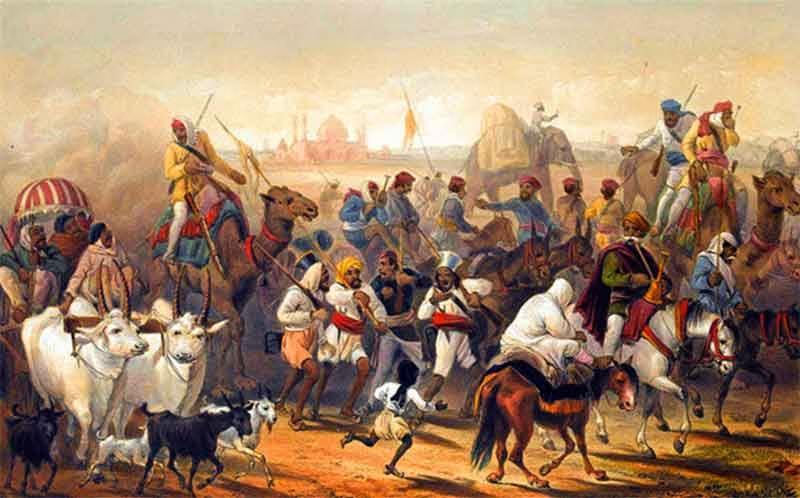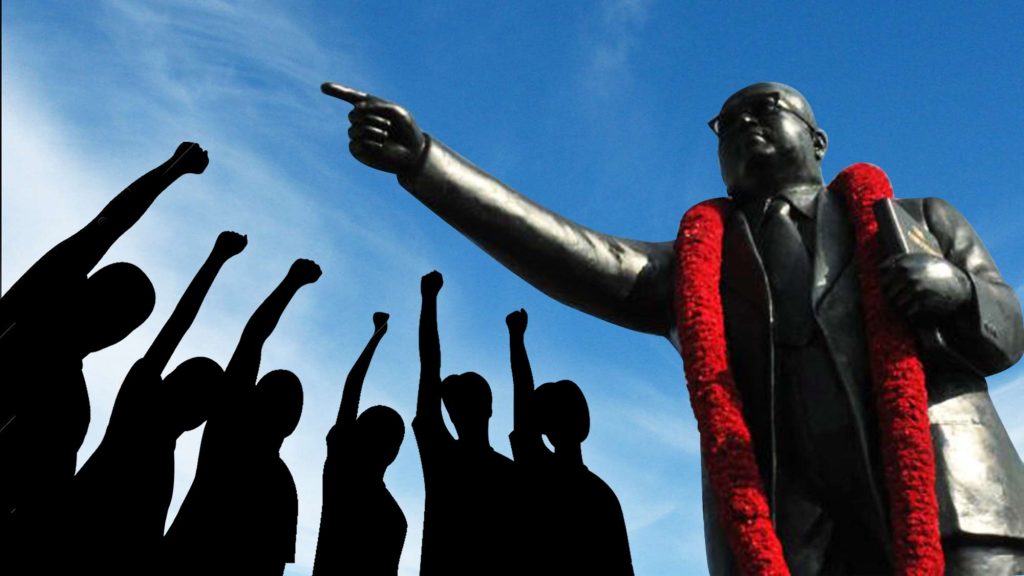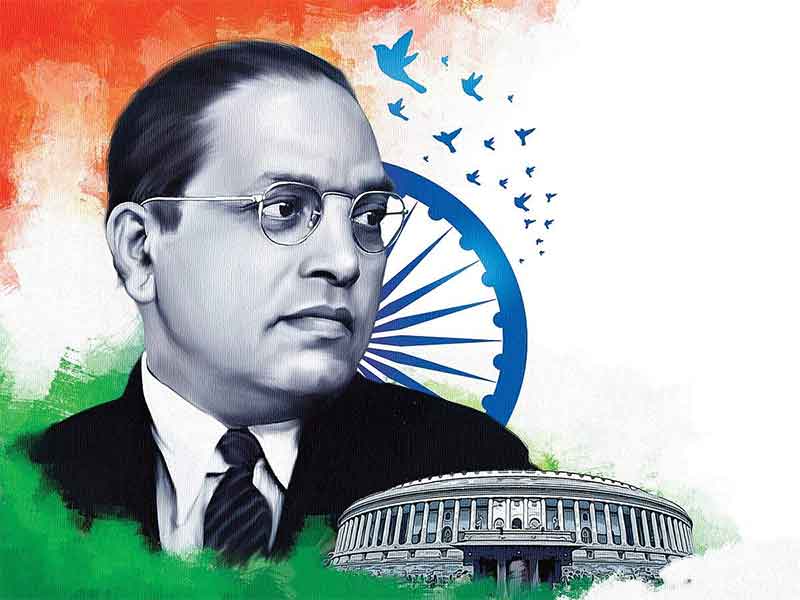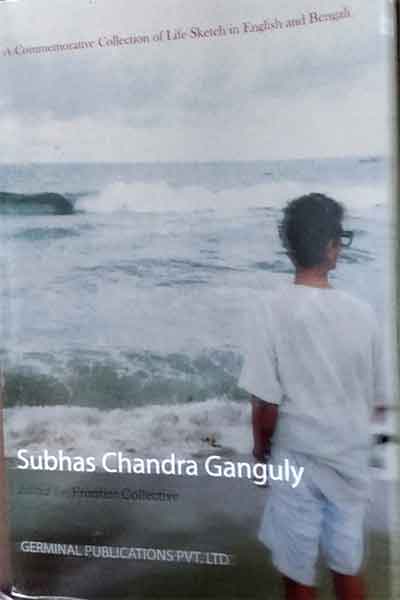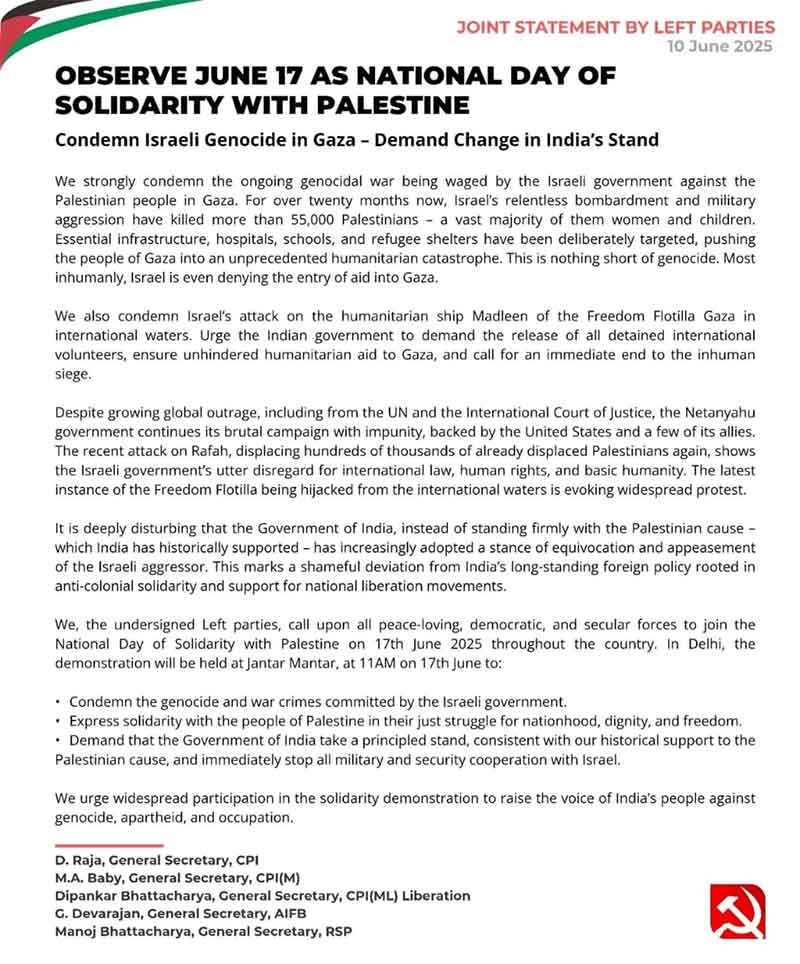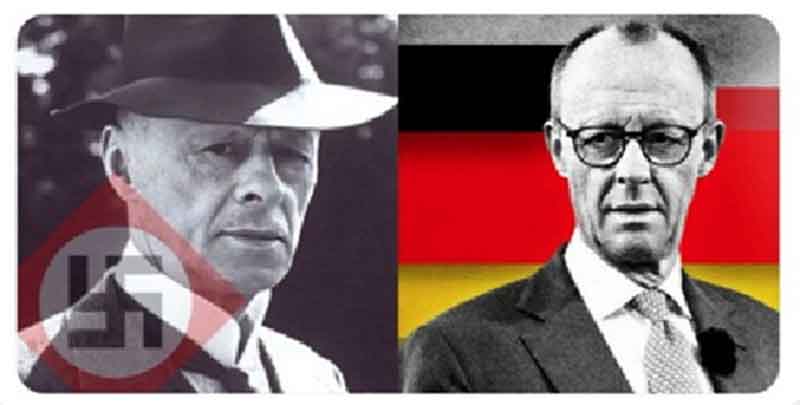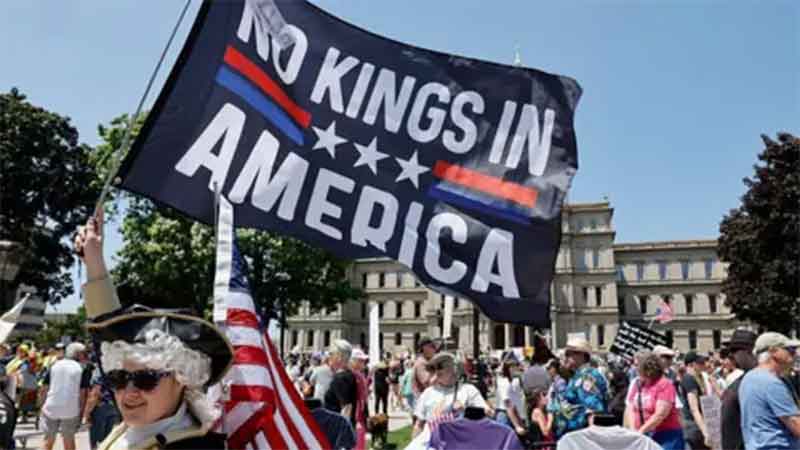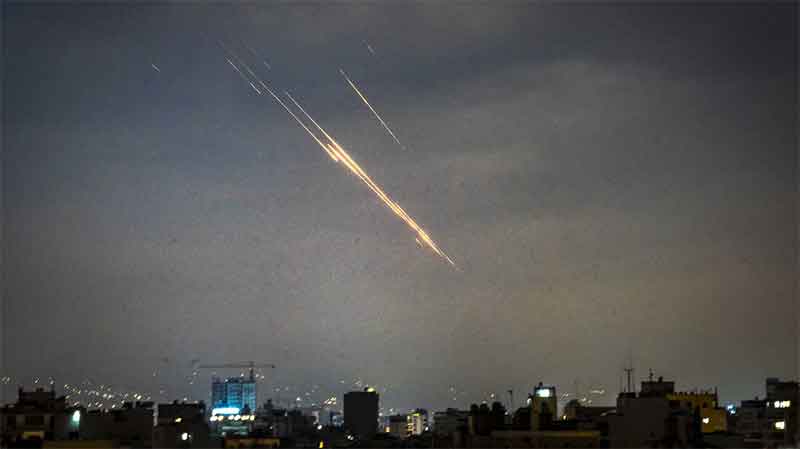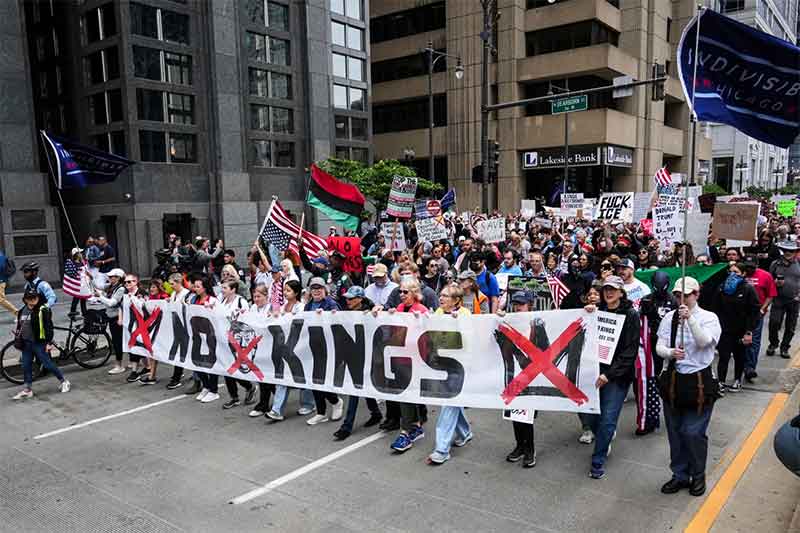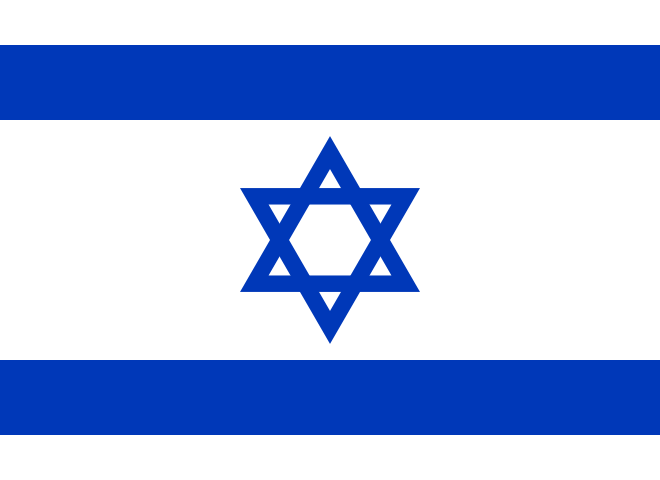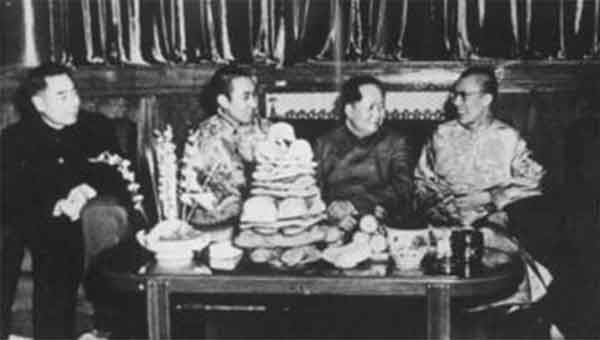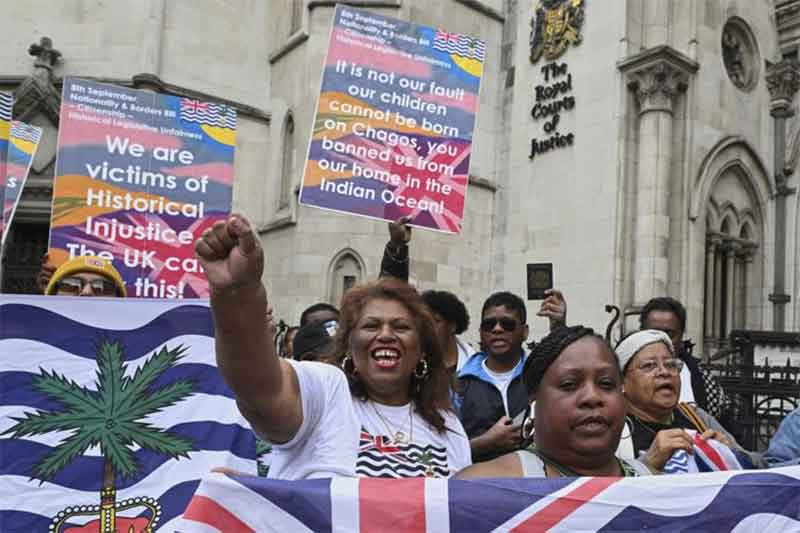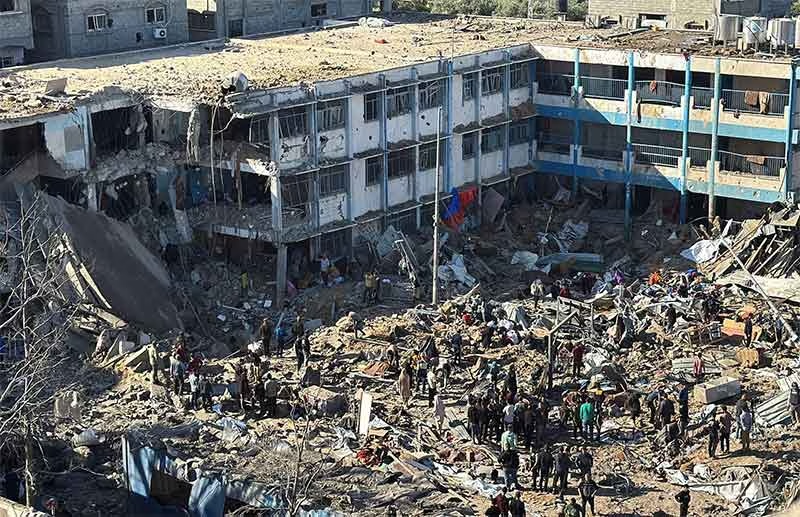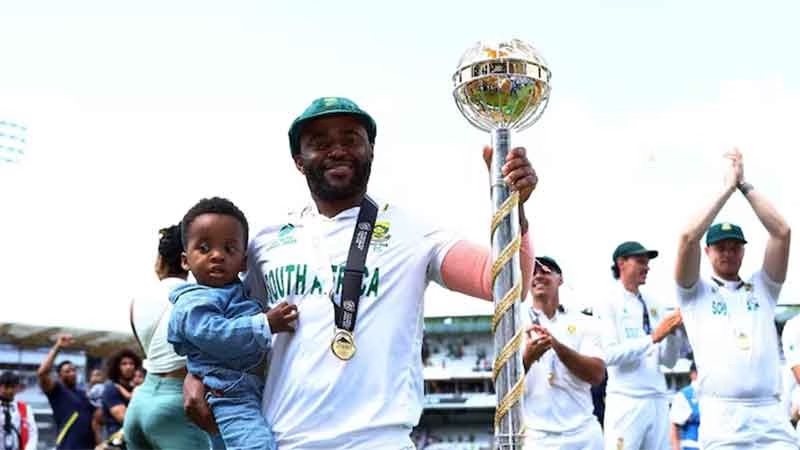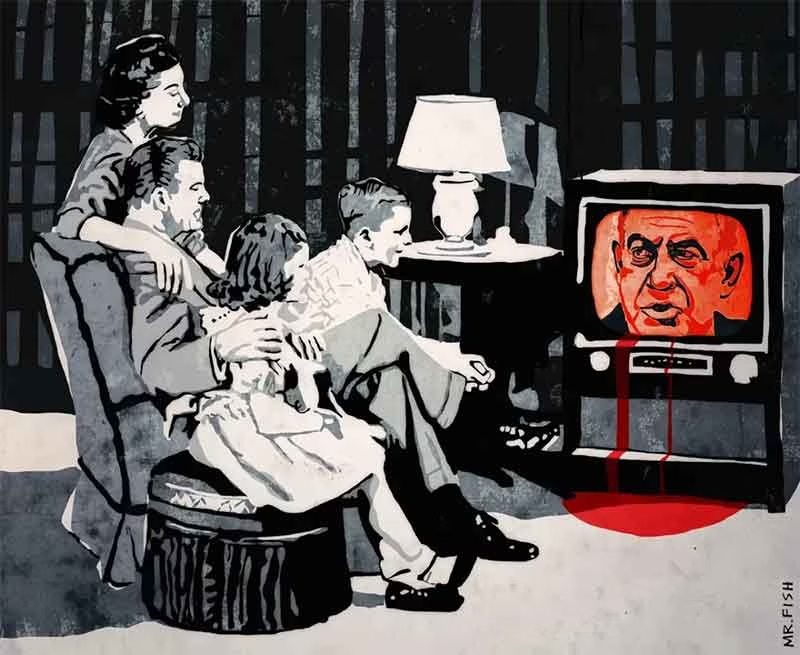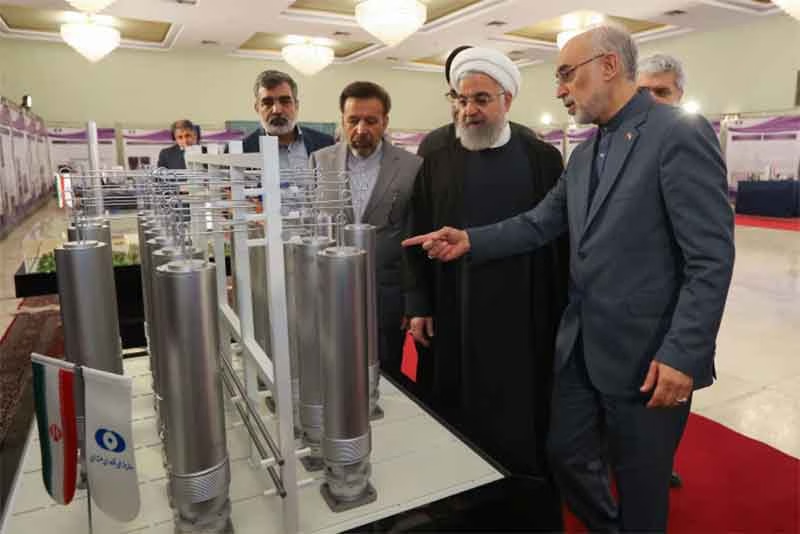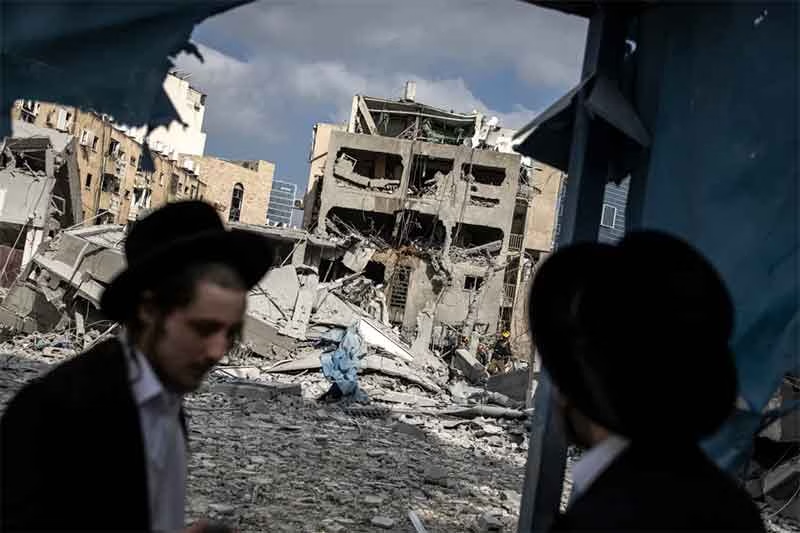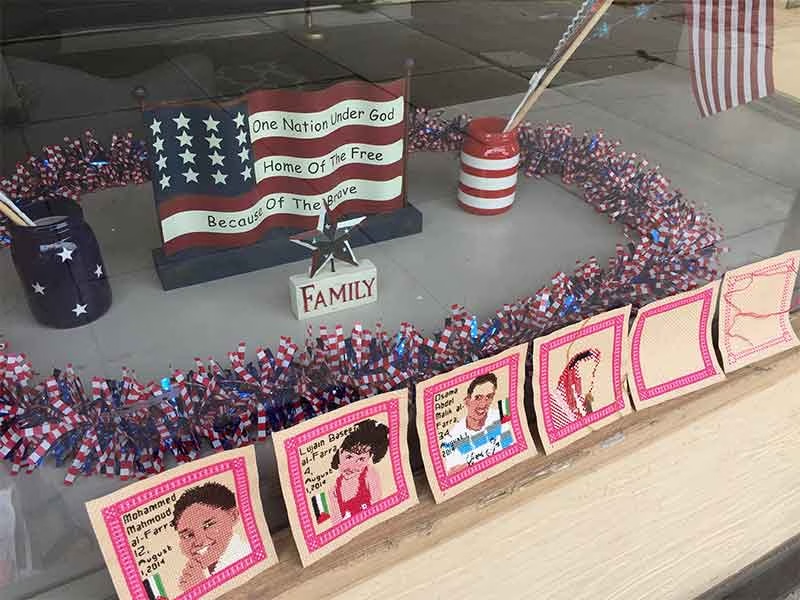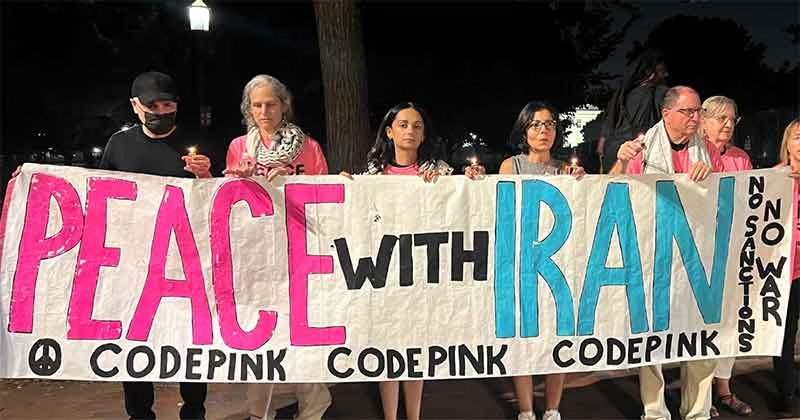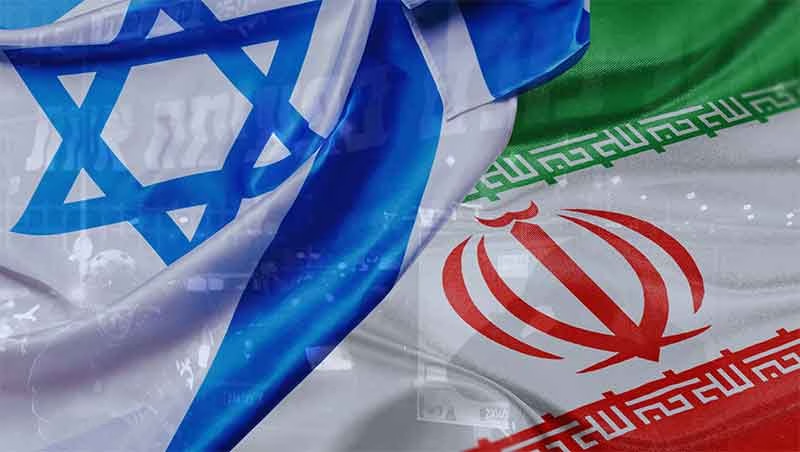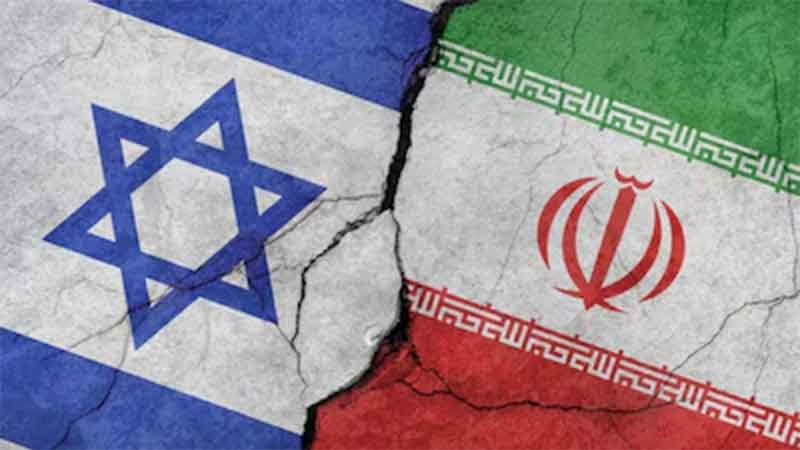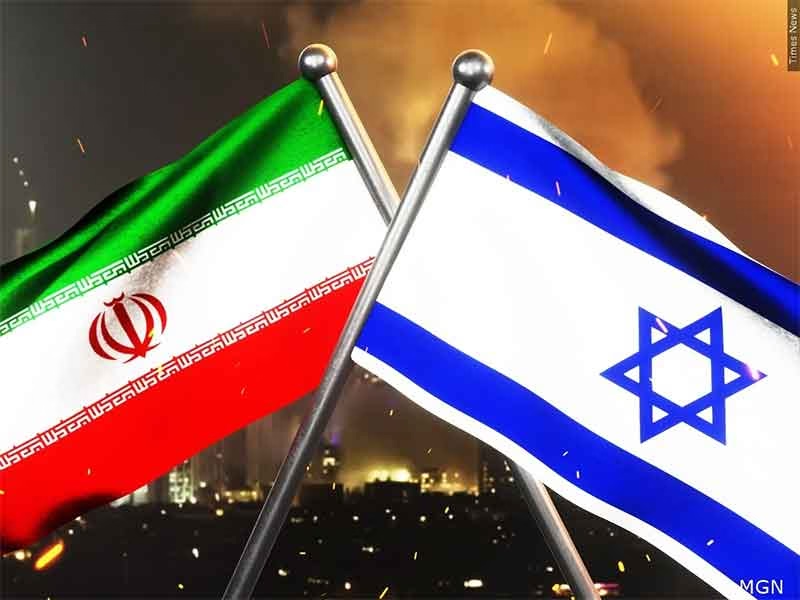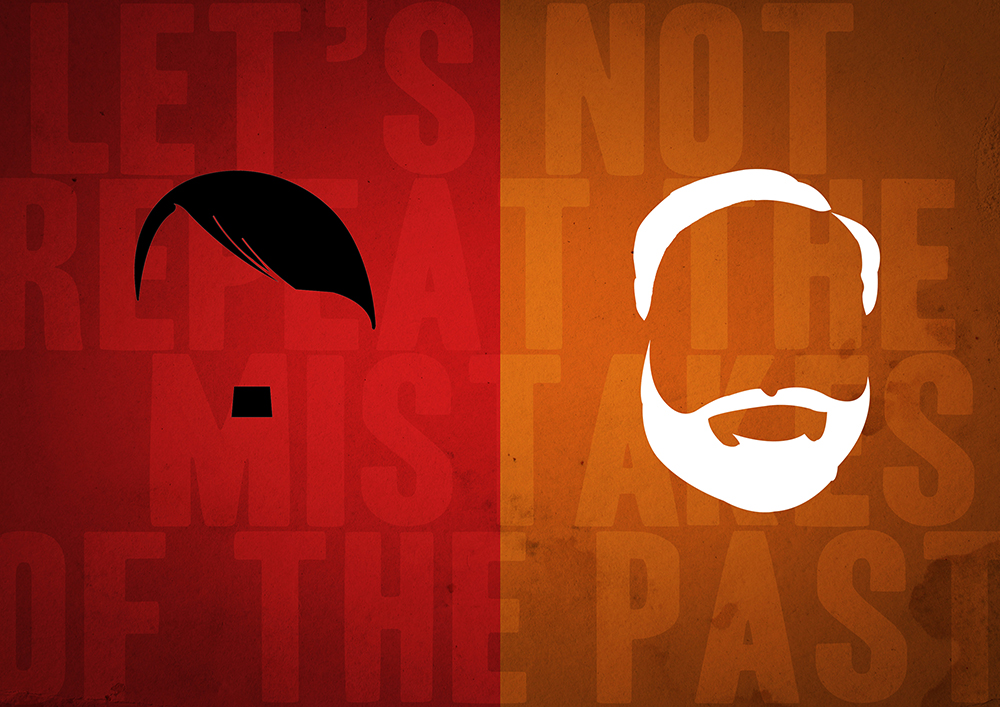
Introduction
The year 1937 remains a watershed moment in the communal politics of India eventually leading to the partition of the country. While the Muslim League was making efforts at its revival, the Congress tried to bridge the gap between the two major communities of the nation and launched its Mass Contact Campaign as a result. However, Ambedkar had certain misgivings about the campaign and we shall try to scrutinize the misgivings first and the Mass Contact Campaign in that light next.
Ambedkar’s Misgivings About the Mass Contact Campaign
1- Ambedkar states that congress commenced its Muslim Mass Contact Campaign to bring about political unity between Hindus and Muslims but it ignored or circumvented the leaders of the Muslims. He equates mass contact with the British Conservative Party’s plan to buy Labour with “Tory Gold.” (p.398)
2- In his opinion such a campaign cannot produce any unity. It can only create exasperation, bitterness and hostility. In fact he went as far as equating Sir Abdur Rahim’s damnation of the Shuddhi movement with mass contact campaign. It cannot but be a matter of the deepest regret to every Indian that there is no social tie to draw them (Hindus and Muslims) together.
3- He says the mass contact plan of congress was a mad plan and it had a great deal to do with the emergence of Pakistan.(p-399) This was also the viewpoint of Chaudhary Khaliquzzaman who wrote about his apprehensions of the mass contact campaign to Jawaharlal Nehru and thought that it was better to leave the Muslim seats for candidates coming from the Muslim platform.(Chaudhary Khaliquzzaman, Pathway To Pakistan, Longmans Green, 1961, p.175) Here, when he spoke about Muslim platform, he meant the Muslim League. It is for this reason that we must think twice about what Ambedkar says in connection to the mass contact’s role in the emergence of Pakistan. He appears to be talking from the same point of view which was bent on claiming the Muslim League as the sole spokesman of the Muslims of India.
4- What can mass contact do against such social barriers as existed between the Hindus and the Muslims? It cannot ever get over on the other side of the barrier much less can it produce organic unity. [p. 400]
Does his observation hold true?
Pratinav Anil states that the election(1937) figures spoke for themselves. Congress could win handsomely without Muslim Support and this would have created a valid query among many Congressmen as to why bother with the “Quam” at all? Yet despite this, Congress launched its mass contact program. That it was genuinely concerned for the masses becomes evident by the fact that many of the damning findings of League’s Pirpur and Shareef reports of 1938 and 1939 were corroborated by the Congress’ very own Muslim Mass Contacts office (Pratinav Anil, Another India, Penguin Random House, 2023, p.56) Also when we evaluate the initial success of the mass contact, we find that the number of Muslims in Congress tripled to 1,00,000 (Another India, p.56).
Congress’ target for mass contact were Muslims because 1937 elections had made it clear that Congress did not Command great influence over the community as all the nine Congress candidates contesting Muslim seats lost. Something had to give in and with Nehru at the helm of affairs it was just around the corner. Nehru was quite emphatic in his statement that the Muslim masses had been awakened by the elections and they were now in search of right leadership and direction. (Venkat Dhulipala, Creating A New Medina, Cambridge University Press, 2015, p.51) He also announced that it was high time now to cast aside the older tactics of pacts and agreements with a reactionary Muslim leadership and instead reach out to the masses directly (Selected Works of Jawaharlal Nehru, Vol. 8, New Delhi 1975, p.128) Reginald Coupland’s remark quoted by Khaliquzzaman makes it quite clear that the actual intent was to reach out to the masses in an attempt to bring about real unity and not just a unity among the top echelons. Coupland states that-“It(Congress) then started the mass contact movement to bring the illiterate Muslim masses within its fold.”(Pathway To Pakistan, 1961, p.273)
While all the other historians have focused on the Muslim Mass Contact Campaign (MMCP) as largely a post- election phenomenon, Visalakshi Menon states that no assessment of the pre-office acceptance phase would be complete without taking into consideration the MMCC. She tells us that the MMCC had been accepted in February 1937 itself which was just around the same time as the election results. It began in April 1937 and a large number of Muslims participated in the hartal to mark its commencement hinting at the soundness of the program. (Visalakshi Menon, From Movement To Government, Sage Publications, 2003, p.72)
It was largely because of the MMCC that 100 Muslims participated in the Youth League Conference held in June 1937. (From Movement To Government, 2003, p.140) The four figure list of Muslim primary members in Western UP was also largely due to the MMCC.
The Bundelkhand by-election of June July 1937 where the Muslim candidate of congress did very well was also attributed by Nehru to the success of the MMCC.
Having seen that a large number of misgivings do not hold true, we shall proceed to an analysis of the MMCC by the best researcher of the theme i.e. Mushirul Hasan. Hasan has also pointed out to the reasons for the failure of the campaign and the role of that failure in the revitalization of the Muslim League which we shall also see.
Backdrop of the Mass Contact Campaign
As evident from the results of the 1937 elections, the Muslim League and Hindu Mahasabha were completely routed elucidating the poor standing of the Muslim League among the Muslim masses. It is therefore interesting to note the reasons behind the spectacular growth of the League after 1937 which virtually made it ‘the third party’ to reckon with in India as had been demanded by Jinnah. The League propaganda against the Congress Ministries giving day to day grievances a religious colour and the subsequent failure of the Muslim Mass Contact Programme of the Congress played a part in this.
The Mass Contact Campaign, a brainchild of Nehru, was a step in the right direction but a project left mid-way after inherent weakness of Congress itself, manifest in the Congress right-wing and Mahasabha coalition to avoid a Muslim influx; and the failure to bring in peasantry provoked contrary to the desired effects. The League’s overt reaction was due to the fact that the success of the Congress Campaign would sound a death knell for the League itself. Jinnah’s advocacy of the agriculturalists over the Muslim Personal Law Application Bill vis-a-vis his Muslim Mass Contact Campaign as a counter to the Congress Campaign saw an increase in the membership of the League. Another important aspect to be remembered is that the Lahore resolution of 1940 of the Muslim League was deliberately kept vague wherein lay its greatest strength both for the Muslim League and consequently for the Pakistan demand. The British played their part by deliberately ignoring the opinion of Nationalist Muslim parties and portraying Muslim League’s opposition to Congress as Muslim opposition to the Hindu Congress and by playing up the differences as irreconcilable rifts. This also explains why it was in certain parts that the League’s flourish was more rapid than in other parts where it gained hold quite later. The Congress leadership being interned during the Quit India Movement and British efforts at negotiations in which Jinnah’s strong position as the ‘sole spokesman’ of the Muslims was reiterated by British further bolstered League claims and increased its strength. The pressing into service of the ulamas and the pirs and increasing militancy being advocated due to Mahasabha and RSS positions on Muslims and the communal venom being spread by these two Hindu outfits quickened the League’s progress. In the end it was this counter-communalism and the British presence in India which proved to be the decisive factors in the partition of India. The Muslim League’s biggest show of strength was manifested in the call for Direct Action by Muhammad Ali Jinnah in August 1946 events subsequent to which led to the partition of India.
Muslim Mass Contact Campaign of the Congress
Motilal Nehru had stated about the resolution of the Hindu-Muslim conflict- ”that Hindu-Muslim unity cannot be achieved by preaching it. We have to bring it about in a manner which will accomplish it without either Hindus or Muslims realizing that they are working for unity. This can only be done on an economic basis and in the course of the fight for freedom from the usurper.” This view looked more than justified in the light of the efforts towards such unity till that time, the assessment of which by Gandhi painted a dismal picture with Gandhi himself referring to the adoption of a new approach for unity as the ‘Ram-Rahim’ approach had failed to bear fruits. This new approach came from the mind of Jawaharlal Nehru who was critical of the Congress approach till that time, “we have too long thought in terms of pacts and compromises with communal leaders, and neglected the people behind them.” With a focus on establishing direct contact with the masses and weaning away considerable sections of the Muslims from the Muslim League, the Muslim Mass Contact Campaign was launched in April 1937 with directions to the Congress committees to concentrate on enrolling Muslims, and suggested the formation of committees to take in hand the work of increasing contacts with Muslim masses living in rural and urban areas. Both Nehru and Prasad were alive to the need of such a campaign as they believed that in the recently concluded election Muslims had at various places showed positive response towards Congress manifesto but for various constraints could not manifest in votes. Closely assessing the profiles of the groups active in this Campaign we find that they were mostly urban based and drawn largely from the professional classes: lawyers, students, and teachers sharing socialist and Marxist ideas; journalists such as Syed Ali Ahmad, editor of a leading Patna-based weekly Itehad; Syed Abdullah Brelvi and Mohammad Nazir, editors of the Bombay Chronicle and Mussawir, respectively; Maulana Mujibur Rahman, founder and editor of the leading Calcutta newspaper Mussalman; Hayatullab Ansari, editor of the Hindustan Weekly, published first from Lucknow and later from Delhi; and Mohammad Ismail and Mohammad Jafri,editors of the Delhi papers Daily Qaumi Akhbar and Millat. Some sections of the mass contact leadership had been associated with Congress from the Khilafat days and were connected with the All-lndia Nationalist Muslim party and the Congress Muslim party, organizations founded in early 1929 to canvas support for the Nehru Report; others were drawn into the organization during the 1930-32 Civil Disobedience movement.Prominent amongst the educated youth who were associated with the movement were K. M. Ashraf, Z. A. Ahmad, an Aligarh graduate who joined the Economic Information Department of the AICC as secretary (1936-7) and was a member of the National Executive of the CSP from 1937 to 1940; Faridul Haq Ansari, cousin of M. A. Ansari, one of the founder members of the CSP and convener of the Mass Contact Committee in Delhi; Hayatullah Ansari of Firangi Mahal in Lucknow, a graduate of the Aligarh Muslim University and editor of the pro-Congress Hindustan Weekly from 1937 to 1942; Ansar Harvani, also an Aligarh graduate with the distinction of being both the founder and general secretary of the All-India Students’ Federation (1936-9); Husain Zaheer, son of Wazir Hasan, educated in Lucknow, Oxford, and Heidelberg and an active supporter of the Mass Contacts campaign; and Husain’s brother, Sajjad Zabeer, and young poets and writers such as Kaifi Azmi, Khwaja Ahmad Abbas, and Ali Sardar Jafri, who was expelled from Aligarh University for organizing a political strike in 1936. The adherence of such men gave the Mass Contacts campaign in UP a radical orientation and an ideological thrust that was lacking in earlier Congress efforts at popular mobilization. Maulan Hussain Ahmed Madani who believed in the Muttahida qaumiyat in his influential pamphlet ‘Muttahida qaumiyat aur Islam’ staunchly supported a territory based nationalism like that of England by citing the covenant of Prophet Muhammad with the Jews as opposed to nationality based on religion. Ashraf Ali Thanwi and Shabbir Ali Usmani on the other hand supported the idea of Pakistan. Maulanas Ahmad Said, Ataullah Shah Bukhari, Hifzur Rahman, and Moinuddin were also active and in fact participated in canvassing support for the Congress candidate Nisar Ahmed Sherwani. In Punjab the Ahrars, the Khudai Khidmatgars, and the Socialists played a crucial role in the campaign. They spearheaded the mass contact campaign in NWFP and the Punjab. In Bihar especially in Patna, Champaran, and Purnea the Kisan Sabhas, the Students’ Federation, the Muslim Independent party, and the Jamiyat al-Momineen led the efforts of the Mass Contacts campaign.Also, the Mohalla and city Mass Contacts committees in Calcutta, Burdwan, and Comilla in Bengal were fairly well pressed. By May 1937 over 1,000 Muslims joined Congress in the suburbs of Calcutta.
Failure of the Mass Contact Campaign
The League alarm at Congress efforts and their eagerness to repudiate such efforts showed the success, Congress efforts were meeting. However, despite such things we find the campaign faltering and eventually petering out giving Jinnah an excellent aide to rope in the Muslims in the Muslim League. We find some very significant reasons for the failure of the Mass Contact Campaign. The first is as seen above,those involved in the campaign were educated middle and upper classes and peasants couldn’t be brought into the fold of this campaign. The League propaganda against Congress Ministries through the Pirpur and Shareef report though exaggerated (but not entirely unfounded as seen by U.P. governor Haig’s statement that a larger portion of Muslim cases were assigned to CID) led to a significant Muslim disenchantment with Congress. The grievances also included objections to the Vidyamandir scheme or the Wardha scheme of education which it was believed promoted non-violence as a creed which was unacceptable to the Muslims as also were certain provisions glorifying Hindu heros. The singing of Vandematram was another thing objectionable to the Muslims since certain stanzas portrayed Muslims as evils. A committee under Jawaharlal Nehru with Subhash Chandra Bose on it decided to remove the two objectionable stanzas.
Subscribe to Our Newsletter
Get the latest CounterCurrents updates delivered straight to your inbox.
However, Rajendra Prasad as Congress president offered an independent inquiry into the charges against Congress ministries by Sir Maurice Gwyer which Jinnah refused asking for a Royal Commission inquiry instead for he knew Congress would not agree to it. Another branch of ulama which did not subscribe to the Congress view were used to its advantage by the Muslim League for whom the success of the Congress Campaign meant their very annihilation. Landlords too were rallied to their side showing radidal Congress policies. The right wing within the Congress anxious to prevent a Muslim influx sided with the Hindu Mahasabha to keep the Muslims at bay. In the Mahoba-Hamirpur region the cry of danger to Hinduism to defeat a Muslim candidate from being elected to the Education Committee of the district board was a case of Congress right-wing and Mahasabha coalition. Similarly Morarji Desai never really allowed the campaign to get on ground citing lack of Muslims to lead the campaign. This was again evident in the Bundelkhand and Amritsar by-election the Congress right wing worked against two Congressmen of long standing-Nisar Ahmad Khan Sherwani and Saifuddin Kitchlew to contribute to their defeat. The last nail in the coffin was the Mass Contact Campaign launched by Jinnah as a counter to the Congress efforts. He pressed into service the younger lot and the ulama thus, breaking the barrier he had earlier set of keeping religion away from politics. We find him using religion freely from here onwards to advance his claim as the sole spokesman of the Muslims.
Bhavuk is a PhD candidate at the Department of History, AMU



